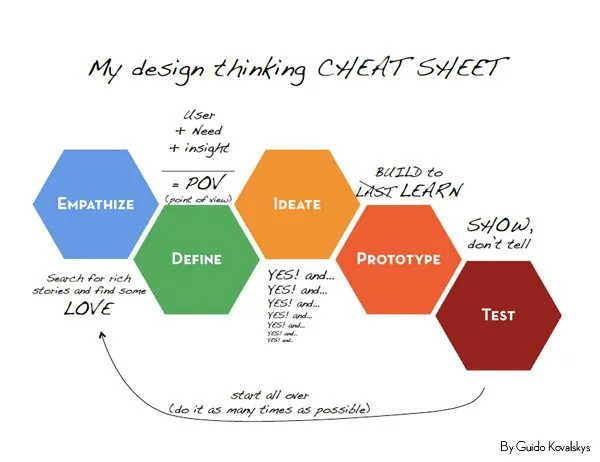How to Design a Successful Performance Bonus Plan
Reading time: 2 mins
If there is any reason why December is the best month of the year (besides the Christmas holidays, of course), it has to be the bonus pay-outs for which many employees have been working so hard for.
Bonuses are commonly used by companies as a motivational tool for employees. In the past decade or so, we have seen an increasing trend in performance-related pay as competition amongst enterprises as well as maturity of the workforce rise.
However, employee bonuses run the risk of becoming double-edged swords. They are great motivators, but they can also become de-motivators when employees become accustomed to them and view bonuses as an entitlement.
The success of a performance bonus plan lies in the design of the framework and the execution of plan. In this article, we share some tips on areas to consider when designing a performance bonus plan.
1. Use Multiple Metrics
Very often, companies make the mistake of setting simple targets by assessing performance against a simple metric with the hope that it will capture an array of behaviours. The problem with this is that employees optimize their compensations based on how they are structured. If a bonus structure only provides one metric, all of the employees’ efforts go towards optimizing that metric and this may undermine the other goals of the organization. For example, when given a single metric of Net Profit, employees may shift their focus on cost cutting measures and neglect product innovation.
2. Equitable
Company performance bonus plans in particular, should be equitable across all departments in the organization. The plan terms should apply to everyone and not only to selected departments or employees to eliminate potential unhealthy rivalry, and to create an environment where employees are given the opportunity to contribute their best efforts.
3. Gradated
When designing the bonus plan, pay-outs at each achievement level should be considered. Besides allowing employees to strive for higher levels, the tiered pay-outs also allow the company to better recognize the better performing employees by differentiating their reward.
4. Objective
Bonus pay-outs should always be based on measurable results and not subjective opinions. One goal setting model that companies can adopt is the S.M.A.R.T. Goals framework, where achievements of each employee are measured against goals which are Specific, Measurable, Achievable, Realistic and Timely.
5. Simple
In our consulting experience, we have come across companies with such complex bonus plans that the employees are left feeling discontented even though the pay-outs are well above the market, simply because they do not understand how the plan works. For the bonus plan to be effective, it has to be simple enough to be easily communicated and understood.
What to read next:
COPYRIGHT © 2020 DECODE HR PTE LTD. ALL RIGHTS RESERVED





